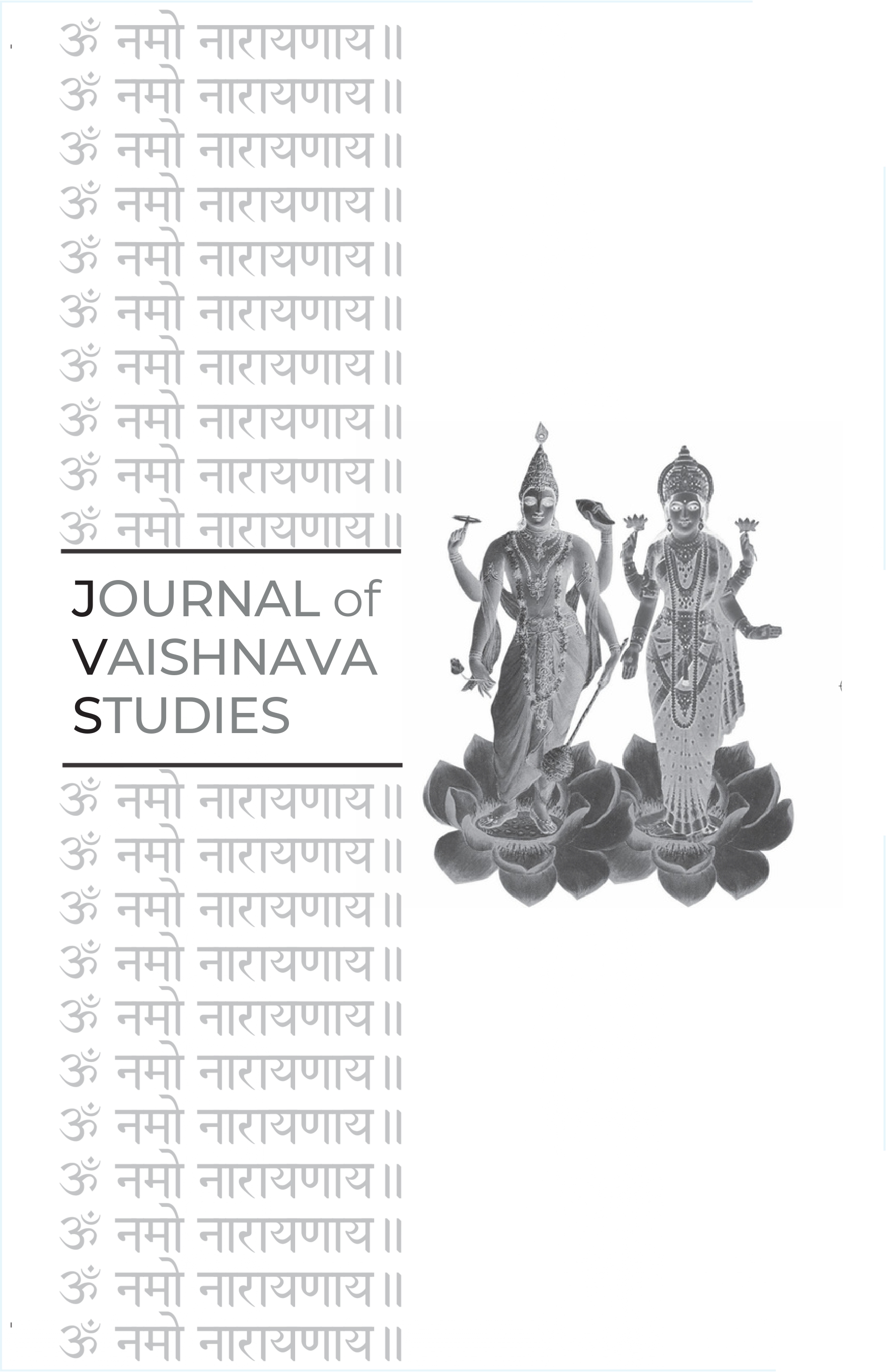Beyond Avatāras: The Gauḍīya Vaiṣṇava Taxonomy of Kṛṣṇa's Divine Forms
Keywords:
Gauḍīya Vaiṣṇava, Kṛṣṇa, Divine Embodiment, Avatara, Avatārin, Taxonomy, Hierarchy, Bhakti, Rupa Gosvamin, Jiva GosvaminAbstract
In Beyond Avatāras, Barbara A. Holdrege examines the sophisticated theological framework developed by sixteenth-century Gauḍīya Vaiṣṇava thinkers to articulate a nuanced taxonomy of Kṛṣṇa’s divine forms. Moving beyond the conventional avatāra model, this tradition elevates Kṛṣṇa as the avatārin, the ultimate source of all divine manifestations—including those traditionally associated with Viṣṇu. Through the lens of the “principle of superordination,” Gauḍīya theologians strategically reinterpreted motifs from rival bhakti traditions, integrating them into a hierarchical system that asserts Kṛṣṇa’s theological supremacy. Holdrege highlights how key figures such as Rūpa Gosvāmī and Jīva Gosvāmī categorized Kṛṣṇa’s forms into three primary types—prakāśas, vilāsas, and avatāras—with the avatāras occupying a subordinate rank. The article explores how this taxonomy reconfigures earlier Puranic cosmologies and Pancharatra theories, and how it delineates Kṛṣṇa’s various forms through their bodily characteristics and unique spatial-temporal relationships. Ultimately, the study reveals how Gauḍīya Vaiṣṇavas constructed a multi-tiered, theologically distinctive vision of divine embodiment centered on Kṛṣṇa’s transcendental form.Published
2017-12-13
Issue
Section
Articles





